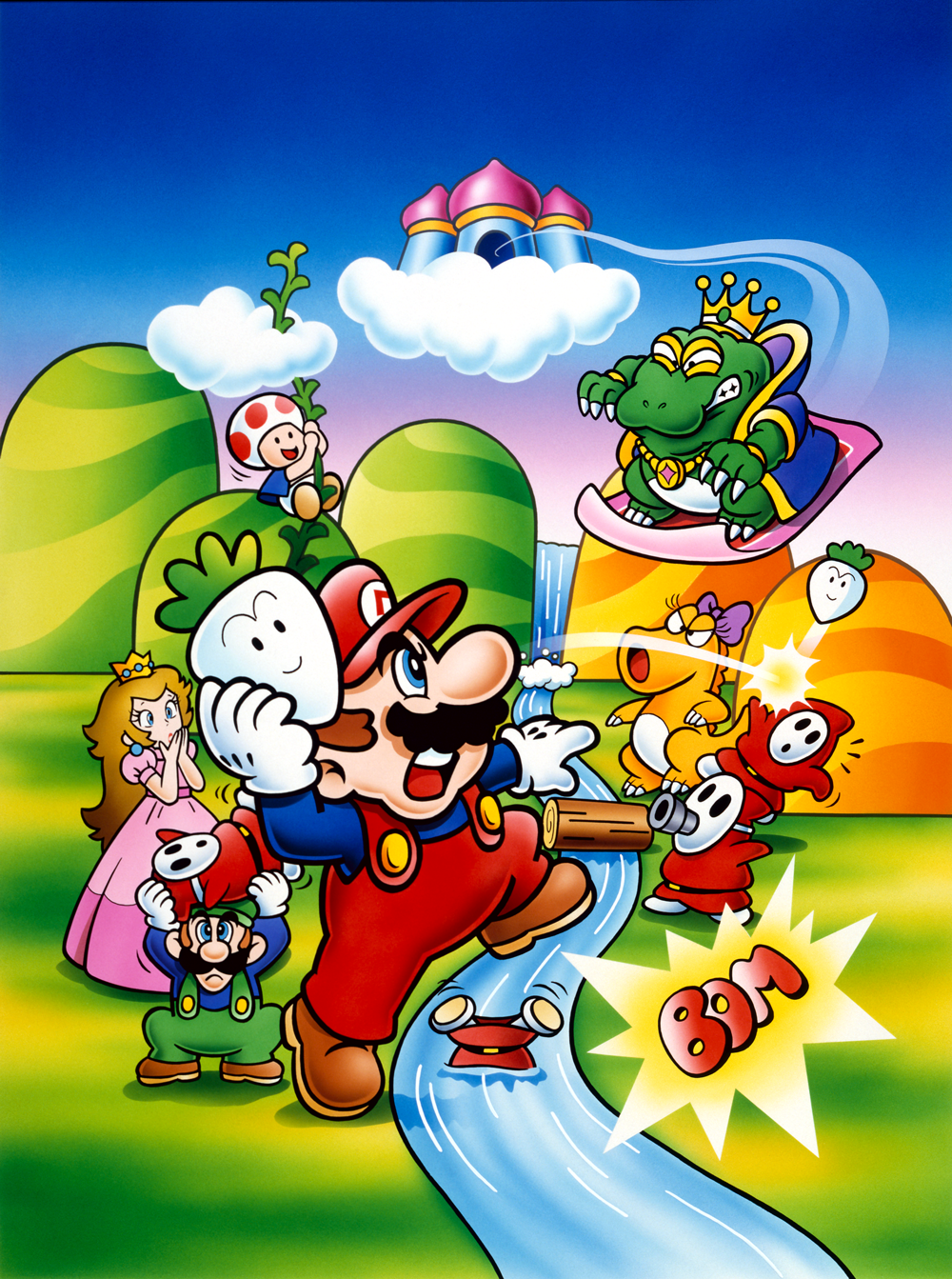 |
| To sleep—perchance to dream. Ay, there's the rub! That makes calamity of so long life. Than fly to others that we know not of? |
“When Mario opened a door after climbing a long stair in his dream, another world spread before him and he heard a voice call for help to be freed from a spell. After awakening, Mario went to a cave nearby and to his surprise he saw exactly what he saw in his dream....”
- Intro Screen
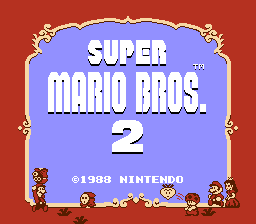 |
| Unless otherwise indicated, mariowiki.com is still the source of most images |
The Facts
Release Date: October 9, 1988 (USA), September 14, 1992 (Japan)
Original Platform: NES
Director: Kensuke Tanabe
Producer: Shigeru Miyamoto, Hiroshi Yamauchi
Also Playable On: Famicom, Nintendo PlayChoice-10, SNES (remake), Satellaview, GBA (remake), Virtual Console (Wii, 3DS, Wii U), NES Classic Edition, Nintendo Switch Online
What's the Deal
One night, Mario was sleeping, and had a dream. He climbed a long staircase and opened a door at the top. Upon doing so, he saw the strange world before him (and the Mushroom Kingdom is pretty strange already, so you KNOW this place is weird), and heard a faint voice that said "Welcome to Subcon, the land of dreams. Our once-beautiful world now suffers at the hands of the evil Wart. Please help us! Only you can free us from his tyranny. Oh, and remember one thing: Wart hates vegetables."
Mario then woke up.
The next day, Mario went on a picnic with Luigi, Princess Toadstool, and Toad. He told them about the dream he had, and learned that the other three had the same dream as well.
Upon arriving at the picnic site, they found a cave nearby. Inside the cave was a long staircase, with a door at the top. They opened the door and found Subcon, the land of their dreams.
Background/Development
“Did you know that Super Mario Bros. 2 was originally a different game called Doki Doki Panic?”We all know someone that loves throwing that around like it's breaking news (like me when I was a kid). So, let's address the Tryclyde in the room, eh?
Yume Kōjō: Doki Doki Panic (Dream Factory: Heart-Pounding Panic), was a collaboration between Nintendo and Fuji TV, released for Famicom Disk System on July 10, 1987.
It began as a tech demo for a potential Super Mario sequel, developed by Kensuke Tanabe, focusing more on vertical platforming rather than horizontal, and with a bigger emphasis on picking up and throwing objects and characters.
Shigeru Miyamoto requested more horizontal-set gameplay to make it feel more Super
Marioesque.Inspired by a 1984 trip to Rio de Janerio, Fuji TV executives decided to replicate the fun of Carnival by launching their own event in Japan, sponsored by the TV station.
The event would be a massive summer thing, focusing on showing off new multimedia experiences and technology, with an emphasis on shaping the dreams and imagination of the children who'd be the adults that'd lead the world into the 21st century.
The event was called Yume Kōjō '87, which translated into English, is Dream Factory '87.
Dream Factory was promoted for an entire year, and the characters of Imajin (derived from the word “Imagine”), Lina, Mama, Papa, Poki, and Piki were created to serve as the mascots for the event, including as costumed characters attendees could interact with.
Another big theme of Dream Factory were masks, inspired by Italian art. Most of the performers wore them, some could be bought by attendees to wear themselves, ect. They were a big part of the event's identity.
There seemed to be a big international theme to the event: it was inspired by Brazil, the technology was Japanese, the masks were Italian, and the mascots were Middle Eastern.
GTV Japan has a fantastic video about the Dream Factory event that I learned most of this information from. Check it out!
Anyway, Nintendo and Fuji TV teamed up to make a game with the Imajin family to serve as part of Dream Factory's promotion, using that aforementioned Super Mario tech demo.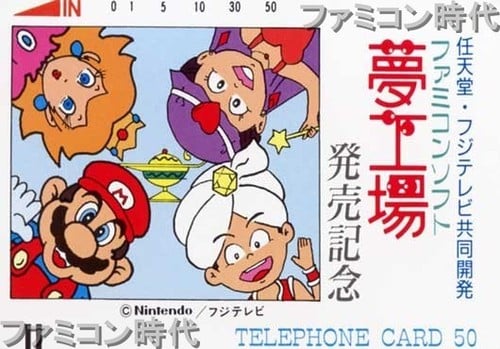
Phone Card In fact, Miyamoto had more involvement with Dream Factory: Heart-Pounding Panic than he did the “real” Mario sequel, The Lost Levels.
Some of the advertising for the game (due to it being a Nintendo/Fuji TV collaboration) featured Imajin and Lina alongside...Mario and Princess Peach. Heh, that's funny.
Did you know that Doki-Doki Panic was originally a Super Mario game?The premise of the game is that there's a storybook. It tells the story of the dream world of Muu, where the quality of the dreams determines the weather of the following day. Thus, the people of Muu invented a dream machine that would ensure good dreams, and thus, good weather.
One day, an evil frog, named Mamu, entered Muu and sabotaged the dream machine to make an army of nightmarish monsters. However, the people of Muu learned of his weakness to vegetables, and defeated him, restoring peace and good dreams to Muu.
Rūsa, a pet monkey, gives the storybook to his owners, the twin children, Poki and Piki. They begin fighting over the storybook one day, and accidentally rip out the final page, the one detailing Mamu's defeat.
Mamu, now freed, reaches outside of the book and pulls Poki and Piki into it. Rūsa witnesses this, and informs the twins' parents, their older brother Imajin, and Imajin's girlfriend Lina, who then enter the book to rescue Poki and Piki.
A lot of the themes and motifs of Yume Kōjō '87 are present in the game.
The Italian-style masks appear on many enemies (Shy Guys, Snifits, Tweeters, Phanto). These masks are also the level exits, and large ones can be picked up and thrown.
The official English name for Yume Kōjō '87 was “Dream Machine”, which is what the people of Muu used to ensure good weather, and Mamu used to create his army. Said Dream Machine appears in Mamu's boss chamber, and is used to defeat him.
A more accurate translation of the event's name, “Dream Factory”, is the setting of Chapter 7-2, the final level.
As stated last time, Nintendo of America was NOT a fan of Super Mario Bros.: The Lost Levels, and did not want to release it. In 1988, its follow-up, Super Mario Bros. 3, was quickly approaching. The original Super Mario Bros. was still selling well, and any sequels likely will as well, but there was still no Super Mario Bros. 2 in America.
Solution: take Yume Kōjō: Doki-Doki Panic (which began life as a Super Mario tech demo that Miyamoto spearheaded anyway), swap out Imajin and his family with Mario, Luigi, Princess Toadstool, and Toad, change a few graphics to something more Super Marioesque, add the ability to run by holding the B button, and voila, now you've got something to call Super Mario Bros. 2!
Specifically, Imajin became Mario, Mama became Luigi, Lina became the Princess, and Papa became Toad.
Throwable masks became Mushroom Blocks, the exit masks became Hawkmouths, Hearts became Super Mushrooms, the Big Face item became a Koopa Troopa shell, the 1-Up heads became 1-Up Mushrooms, and the Magic Lamps became Magic Potions.
The third boss battle against Mouser was replaced with a new boss, named “Clawgrip”.
Super Mario Bros. 2 also removed the requirements to see the ending. In Doki-Doki Panic, the game has to be completed with all four characters. Not the case with Super Mario 2.
When Super Mario Bros. 2 was released in October 1988, it was incredibly scarce, due to a chip shortage going on at the time. There were reports at the time of people traveling across state lines to get a copy of the game. Nevertheless, it sold incredibly well, being the highest-selling NES game for fourteen months straight, and the fourth-highest selling NES game overall.
This game did eventually make it to Japan about four years later as Super Mario USA.
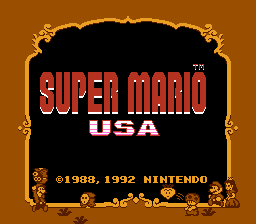 |
| Good morning, USA! |
My History With It
I was first introduced to concepts from the game in The Super Mario Bros. Super Show! cartoon segments that aired on USA Network's Mario All-Stars program, as well as a few VHS tapes I had of the show.
I didn't get to experience the game itself until I got my copy of Super Mario All-Stars as a seven-year-old. I remember enjoying it, despite it being very different from the others on the cartridge, and not being able to get very far in it.
I was about nine years old when a friend told me about the Warp Zones, and I finally got to see more of the game, outside of the first two Worlds.
Around this time is when I learned about the game's controversial ending, and how it's not considered a “real” Super Mario game (since it was Doki-Doki Panic originally) due to my family getting internet access, and I admit that it lowered my opinion on the SMB2 we got.
Nevertheless, I got Super Mario Advance with my GBA for Christmas in 2001, which included an enhanced version of the All-Stars remake of this game, along with a remake of the arcade Mario Bros.
While I eventually got an NES cart for Super Mario Bros. 2 in 2010 or so, my first time finishing the game was somewhere in 2012-13, when I finally completed the All-Stars version.
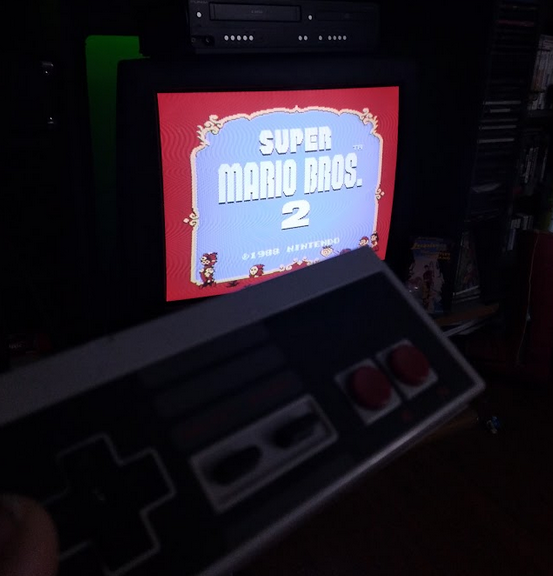 |
| I know, I have a third-party NES controller. The cord is shorter, but I like how "clicky" the buttons are. |
Playthrough
Played On: NES
I don't wanna go through the whole game just as one character, so I'm gonna alternate between Mario, Luigi, Princess, and Toad, more or less in that order.
Koji Kondo's music in this game is among his best work. The overworld theme was my ringtone for several years, to the point where, when starting this playthrough, I almost reached for my phone.
The ragtime piano of the character selection is a favorite of mine. I might've cried a few tears when that tune appeared in Super Mario 3D World, admittedly.
Speaking of, between the piano tune and the character select screen being on a stage, I wonder if the presentation is supposed to suggest a silent film? The game's story is told in a manner reminiscent of a silent movie's title cards, too. And the Japanese Super Mario USA title screen is sepia-toned, like a lot of silent films.
When I was a teenager, I used to read a fancomic that starred the first Tweeter in World 1-1 (who had a vendetta against Mario for stealing the cherry he was gonna eat later), and the Pidgit in 1-2 (among other characters not in this game).
To this day, I can't play through this without identifying those enemies as DR. Donez! and Bill the Extra Guy.
I was always kinda indifferent to Birdo as a kid, but I've come to appreciate her as a character. She's fun to draw, too.
Also, I'm gonna go ahead and get this out of the way: yes, Birdo is trans. She was stated to be so in both the instruction manual for Super Mario Bros. 2 and Doki-Doki Panic (albeit in a way that wouldn't fly today). In Japanese commercials and the Satallaview sequel, she was voiced by drag queens. So, y'know. Sounds pretty clear-cut to me.
The instruction manual for All-Stars states that a Heart may float up “After you defeat a lot of enemies” and that a Star will appear “if you pick up enough cherries”.
Note that an exact number isn't given for either of those.
I still don't know how many it takes. I just have to stop what I'm doing after grabbing a cherry or defeating multiple enemies to make sure I don't miss the Heart or Star.
Just looked it up. Eight enemies defeated for a Heart, and five cherries for a Star.
First time I made it to Mouser as a kid, it was early one morning before I went to school. I don't think I got a good look at him before losing my last life and getting a game over, because I remember his face being a lot more terrifying than it actually was.
Is it safe to say that this is the first game in the series to have themed Worlds? Grass, desert, hills/waterfall, snow/ice... I think it counts. Remind me to put it in the “Milestones” section.
They utilized the vertical scrolling very well in this game. Really opens up the levels for exploration.
We have the first appearance of Bob-Ombs in World 3-3! And they have arms! Which is kinda weird in retrospect! For some reason!
In the GBA remake, Mouser in this stage is replaced by “Robirdo”, which is a robotic version of...well, you can probably figure that out.
World 4 was one I played a lot as a kid, since I managed to warp there a lot. As a kid, I found the Flurries to be funny-looking. Maybe it's because my friend described them as “walking powderpuffs”.
The boss music playing for the section introducing the Autobombs always felt weird to me, even though it IS the end of the level...but there's no boss to battle.
Never knew what the “M” on the Autobombs stood for, either. My mom suggested “Mario”, since it's his game, but that never sat right with me because, y'know, it's ATTACKING Mario. I realize now it's probably for “Mamu”, Wart's Japanese name.
Could also be for “Muu”, the name of Subcon in Doki-Doki Panic...
I just pulled a rocketship out of the ground by tugging on its leaves. This game is AWESOME.
Whale, whale, whale...what do we have here?
The Birdo in 4-3 is interesting because she's actually here to help you by spitting out an egg for you to ride on.
If memory serves, the last time a pink Birdo appeared was World 2-1, and this one in 4-3 is the last time she appears in the game. Maybe she had a change of heart after her defeat in 2-1 and is now wanting to help out Mario and friends?
It would explain why she usually appears as a friendly character in the spinoff games.
The Birdo in 5-1 is the first one in the game that breathes exclusively fire, but she's colored grey, instead of the green that the others are.
The GBA version of the game has an unusual “bouncing blade”/“spike creature” enemy that appears in a jar in World 5-2. It continuously expands and contracts in place, and can't be defeated without a Starman. Weird.
Clawgrip, the boss of 5-3, gave me a bit of trouble.
Clawgrip was not in Doki-Doki Panic, by the way. He was invented for Super Mario Bros. 2, replacing the Mouser that was there.
Albatoss is stated in the instruction manual “to only be a resident in the world of dreams. Now, by order of Wart, he works as a carrier of Bob-Ombs.”
I defeated the Red Birdo in 6-3, and moved along to the next room, completely forgetting that Triclyde was there, and he proceeded to destroy me.
After grabbing the Crystal Ball and walking towards the Mask Gate, the Birdo I'd just defeated respawned above me. I didn't notice until I'd already entered the Gate. Kinda wanted to defeat her again just to see what happened if I grabbed the Crystal Ball again.
I like how 7-1 has the player infiltrating Wart's stronghold. I don't like how slippery the controls are for climbing vines.
7-2 is a pretty sprawling labyrinth for this game. There's some parts of it I didn't even get to see in my playthrough.
The first encounter with a Red Birdo boss can actually be bypassed. I didn't realize this and fought her anyway.
First time I played through this level, I was taken by surprise by the Mask Gate suddenly flying off the wall and attacking me. That's a really well-done twist.
The battle with Wart has more gravity than the final bosses of the previous two games, since not only is it a different character, but the battle has its own unique mechanics, setting, and music.
The Dream Machine is neat, but I prefer its design in the remakes.
My final stats were that I used Toad four times, Luigi and the Princess both five times, and Mario (who defeated Wart) was used six times.
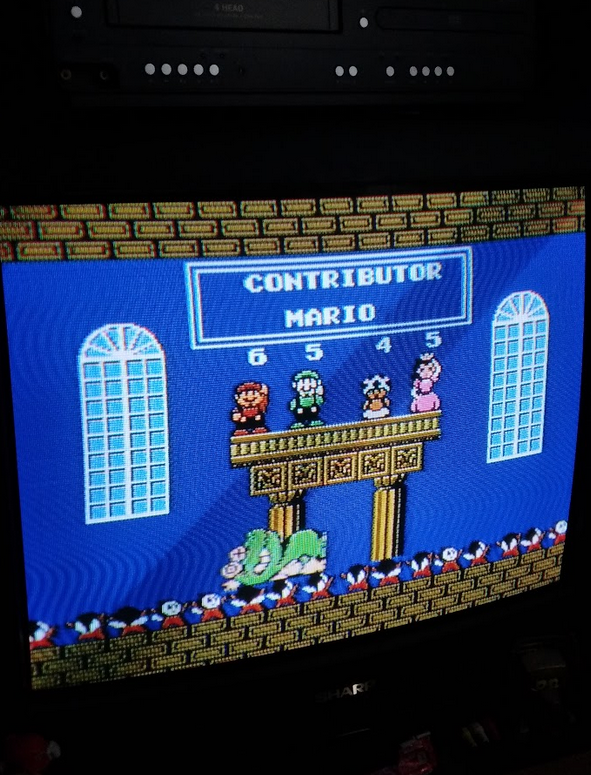
Rule of thumb: if Mario's playable in a game, he's the one I'll play as. (Also, Luigi's mouth here always looked like a soul patch to me)
Spoiler alert: The entire game was Mario's dream.
In hindsight, it's not much of a surprise. The world is called “Subcon”, which is derived from the word “subconscious”, and it's frequently described as being the land of dreams.
I wouldn't write it off entirely, though. The Satellaview “sequel” (more on that below) has Mario considering the whole adventure as being just a dream...until he and his friends have to go back to Subcon, which turns out to be a real place...where dreams are made.
I like to think that the adventure actually happened, and that Subcon, Wart, and all those are actually real...but Mario and company can only enter Subcon when they're asleep, y'know?
 |
| Can we take a moment to appreciate how good this image of Mario looks? On an NES, they managed to create a massive, well-animated cartoon image of Mario sleeping. And it still looks great. |
Power-Ups/Items
Returning:
Super Mushroom
Super Star
1-Up Mushroom
POW Block
New:
Bomb
Crystal Ball
Stopwatch
Turtle Shell
Milestones
First time a Toad or Princess Peach is playable
Shy Guys, Birdo, Ninji, and Snifits debut here
Wart also debuts here, but outside of remakes of SMB2, he never appears in the Super Mario games again.
Though he does have a cameo in The Legend of Zelda: Link's Awakening, under his Japanese name of “Mamu”.
Princess Peach's hovering jump first appears here
First game to not feature Bowser as the main antagonist
First game to be set outside the Mushroom Kingdom
Debut of Mario and Luigi's modern color scheme (red/green caps and shirts, blue overalls)
Luigi is depicted as being taller and slimmer than Mario both in artwork and in-game for the first time
First game where the player character can pick up and throw objects
First game to use a health meter
…
...first game to have each themed Worlds.
I told you to remind me!
Trivia
Likely due to its origins as a tech demo and the involvement of Nintendo and Miyamoto, Doki-Doki Panic included a handful of Super Mario references to begin with, particularly the POW Blocks (from the arcade Mario Bros.), gold Coins, and Starman item (from Super Mario Bros.)
The electrical Spark enemies in this game are often considered to be the same as the Spark enemies from Donkey Kong Jr., but I have some doubts.
In spring of 1996, the Satellaview (a satellite modem add-on for the Super Famicom in Japan), aired a special version of SMB2 titled BS Super Mario USA, based on the All-Stars remake.
While the levels, controls, and game engine were the same, the levels were arranged differently (the player could even pick what order to play them in to an extent), the objective became finding all the Gold Mario statues scattered around the levels, Wart could be battled at any time, and as you played, an audio drama was broadcast at the same time, with the characters in the drama being able to affect gameplay by attacking the player from off-screen, or to give them status buffs like invincibility or pre-charged super jumps.
Despite being an official modification of Super Mario Bros. 2, the Satellaview version is also a direct sequel, taking place after Wart's defeat and the heroes writing off the whole adventure as a dream...however, Wart returns, overthrows the King of Subcon, and Mouser scatters the symbolic gold Mario statues. Mario, Luigi, Princess Peach, and Toad now have to return to Subcon, defeat Wart again, but now with the power of the stars (or the power of satellite broadcasts) on their side.
Yume Kōjō: Doki Doki Panic has never been rereleased or ported since it was released in 1987. There's never been an official reason given as to why, but it's generally believed that, while Nintendo owns Subcon, Wart, Birdo, the Shy Guys and the rest...Imajin, Lina, and his parents belong to Fuji TV. So, even in Japan, Super Mario USA is considered where all this stuff originated.
Conclusion
Some people believe this is the best Super Mario on NES.
I personally don't, but I absolutely understand where they're coming from.
Compared to the two before this one, Super Mario Bros. 2 is, in a word, fresh. There's so much here that wasn't done in the previous two.
The gameplay mechanics have been completely overhauled. There's different ways to defeat enemies now (the old ways no longer work), no real power-ups (aside from the Star), coins are exclusively gathered in a special area, the setting is new (Subcon instead of the Mushroom Kingdom), the antagonists are new, there's twice as many playable characters, and the levels themselves are much larger and open-ended.
The open levels are good at giving you a real sense of place as you go in and out of buildings, over and underground, dig through sand...this almost feels more like an actual, sorta lived-in world as opposed to the more straightforward obstacle courses of Super Mario Bros. and The Lost Levels.
There's also a bigger emphasis on exploration and backtracking, especially when trying to get the key to the door without allowing Phanto to catch up with you.
The four playable characters each have their strengths and weaknesses (aside from Mario, who has neither), making it possible to play the game over and over and get a different experience.
Wanna do this level with Toad instead of Luigi this time? Wanna play through the entire thing as the Princess? Maybe play as Mario every even-numbered level? You can!
The graphics have been improved from its predecessors, with the characters being more defined cartoon drawings instead of the more abstract pixel art of the first two games. And the music...oh man. I've already waxed poetic about it earlier, and while it's not as iconic as the first game's soundtrack, it's still phenomenal.
So, while it's not my favorite 8-bit Super Mario, it's still a masterpiece of a game and quite possibly a top-five NES title. Highly recommended.
“Now check the last verse of our little review
Right here in the land where dreams come true
So as the right of every resident
Maybe one day Mario for president
Princess Daisy, and Princess Peach
Well of course I've got a job for them each
So here we are, what more can I say?
Super Mario in the U.S. of A”
- Ambassadors of Funk, “Supermario USA”, from Super Mario Compact Disco
Next time: We're gonna Do the Mario for the first entry in "Super Mario Beyond", where we cover The Super Mario Bros. Super Show!

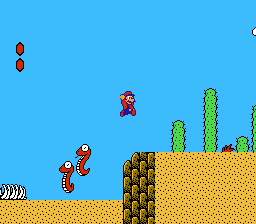
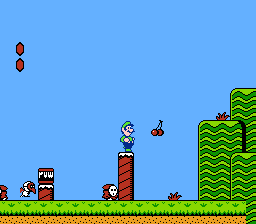
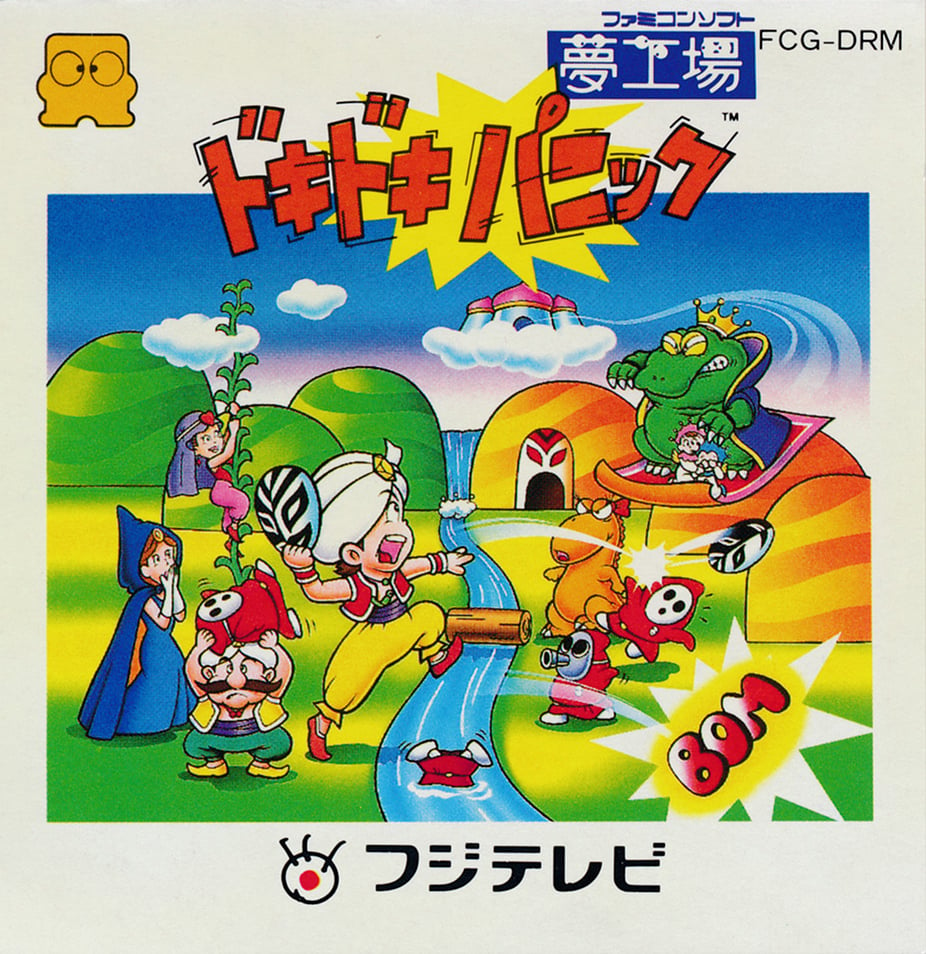
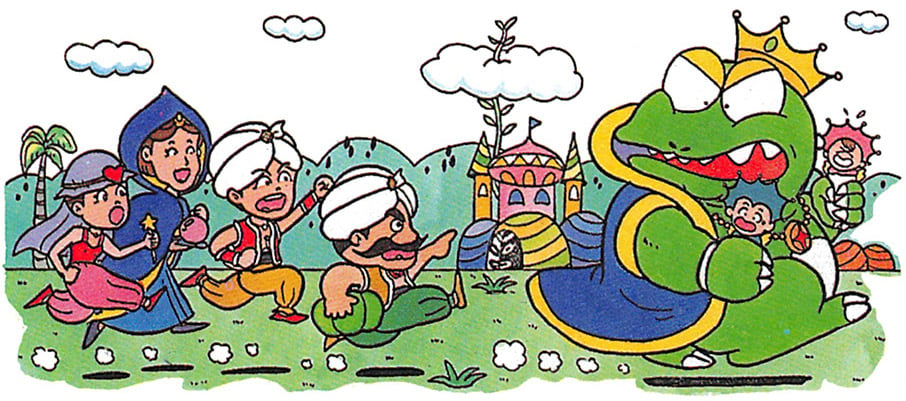
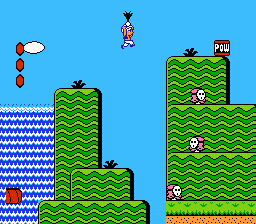
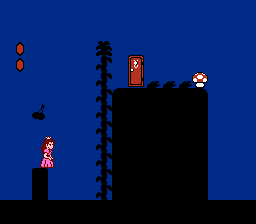
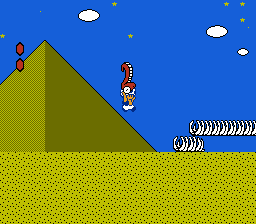
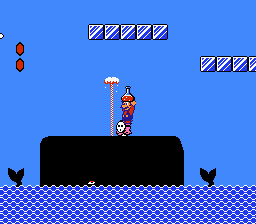
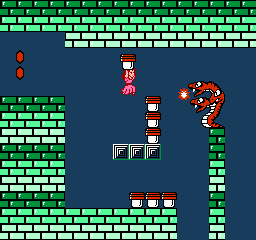
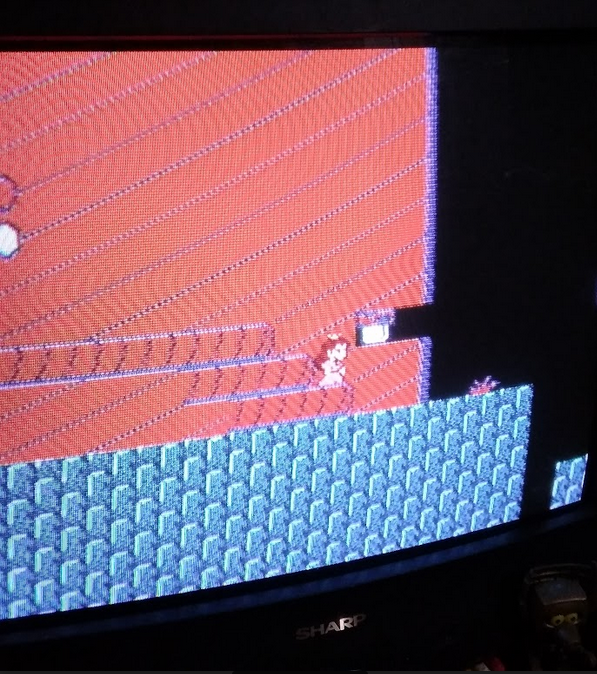
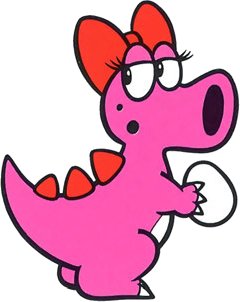
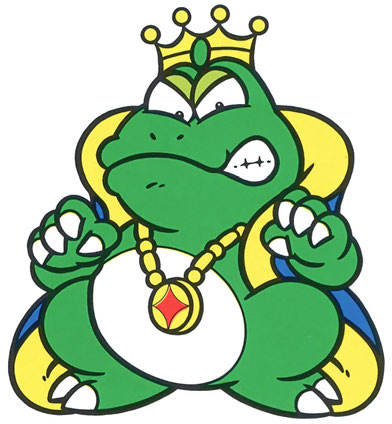
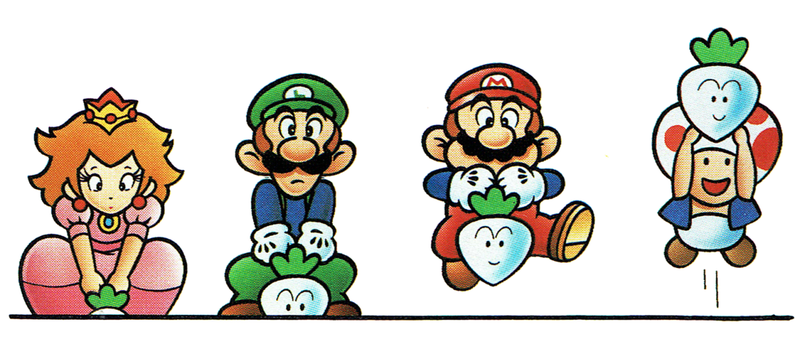

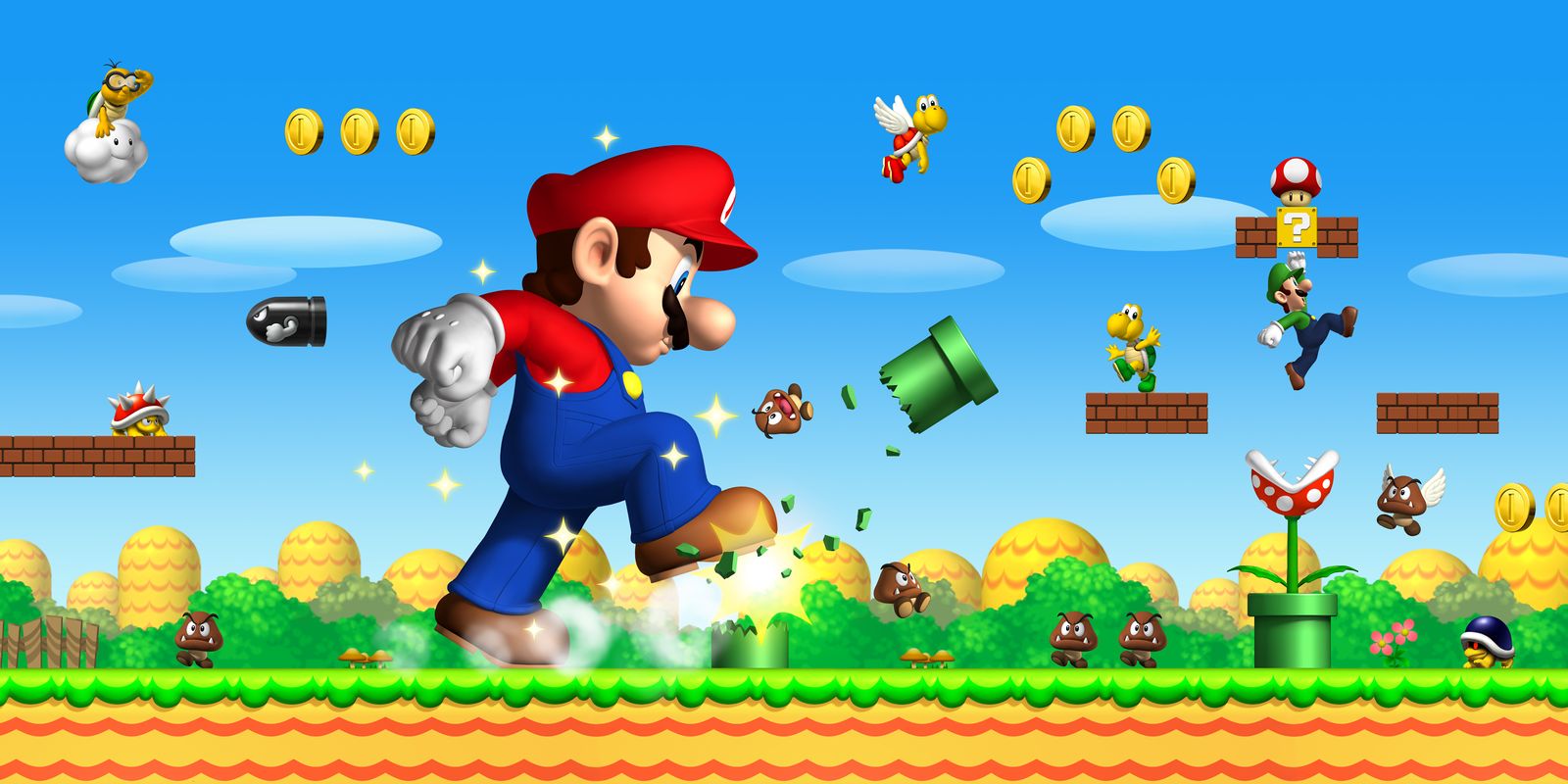

No comments:
Post a Comment